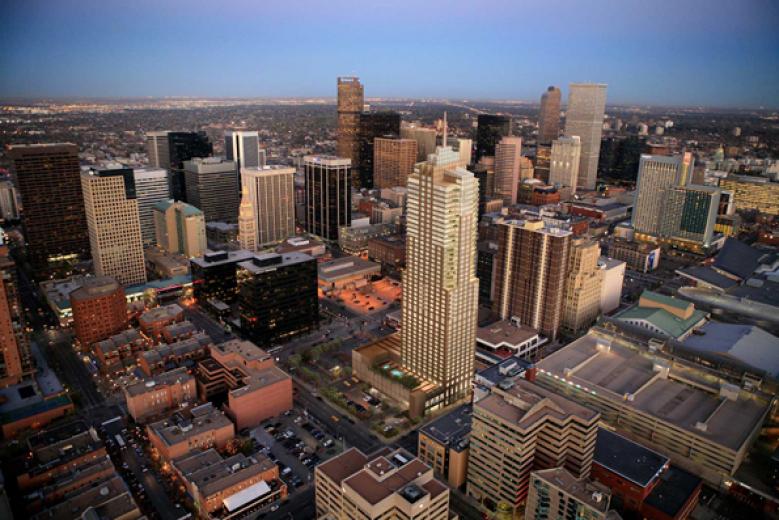1 5
1 5
Though about 30 miles apart, the two cities share a demographic mix currently sought by tech firms. About 25 percent of the Boulder workforce is in the tech industry, Schiada says, with about 58 percent of the workforce having a bachelor’s degree or higher. A proposed three-building, 300,000-sq.-ft. Google campus has created momentum for other firms. Denver is also a big draw, with a section of former industrial buildings that have been converted to tech office space. It’s the number one place for young people to move to if they aren’t going to the coasts, she says.
Tech firms are looking at South Florida, and Miami in particular, in an attempt to get into the Latin American market, Schiada says. Microsoft plans its first innovation center here, and the city is known for having a young, low-cost workforce. “Almost 30 percent of the workforce is in the 20-to-34 age group; that’s much higher than the national average,” she says. “This attribute excites tech companies.”
With office vacancy of less than 4 percent, the city is a strong emerging office market, and has attracted tech firm interest for some time. “Similar to Denver, we’re seeing start-ups look at Salt Lake City as an option,” Schiada says. “While there is a millennial concentration that’s 24 percent, which is fewer than [in] other markets, there’s also a low cost of living, along with about $20 per sq. ft. direct rent on average. That’s attractive.”
Like Salt Lake City, Nashville is enjoying new status as an emerging office market, in part thanks to the tech boom. “Here, it’s the education of the talent pool, where 34 percent of the workforce has at least a bachelor’s degree or higher,” Schiada says. “Lyft recently announced that it is coming downtown into about 36,000 sq. ft.; that’s created a buzz in the market.” Also, the market has gained federal incentives to grow its tech industry, with the Nashville Technology Council using funds from the President’s $100 million TechHire program to fill roughly 1,300 technology positions in the city.
Chicago’s investment sales volume dropped by nearly one third during the first half of the year, with sales totaled $5.99 billion. The largest office property to sell was the 181 West Madison building for $355.0 million.

